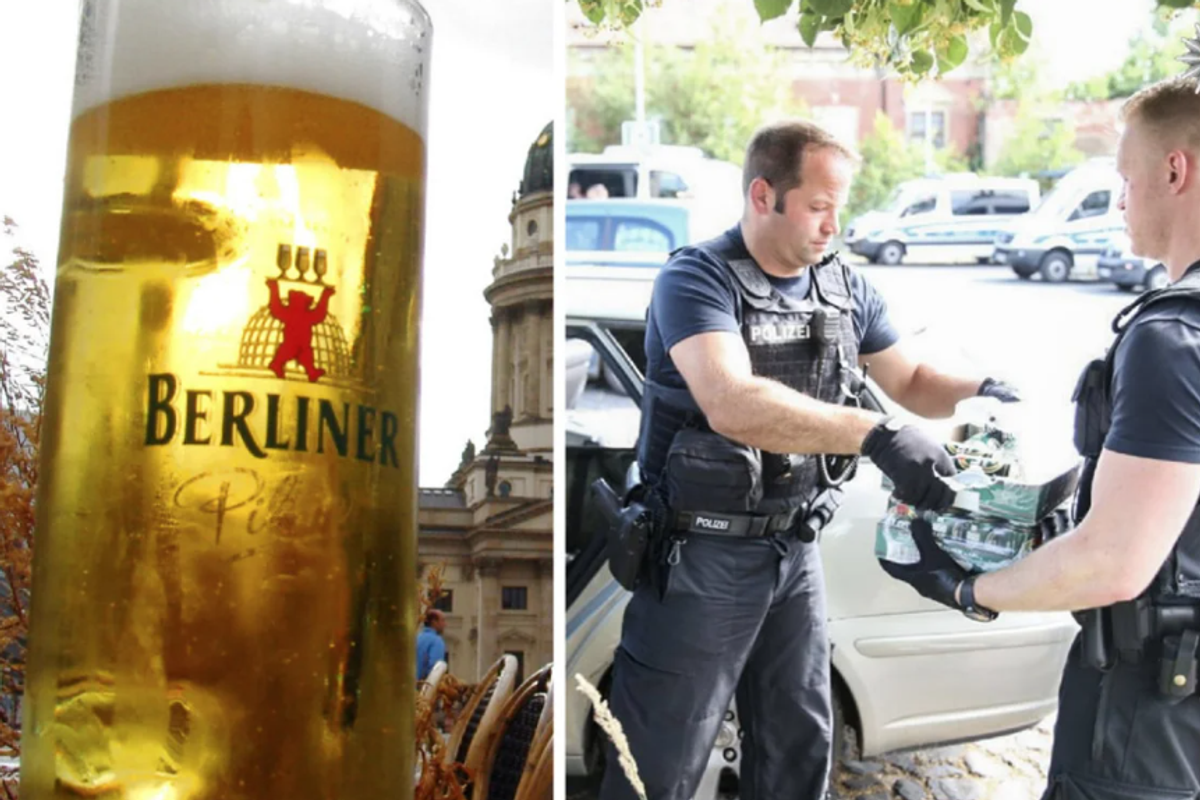The brilliant reason this dog trainer is having school teachers train service dogs.
A furry friend can do so much more than snuggle you when you've had a bad day.
Kathryn Oda has been living with anxiety and depression since she was 14.
There's no such thing as a quick fix for either, and given the symptoms of both, it's often difficult for people living with them to find the motivation to attempt treatment.
For Oda, everything changed when she adopted a furry little corgi named Buddy.
Buddy looks like quite the puddin in this pic! #rolleypolley #badangle #corgisgottacorg #cutiepie
A photo posted by Corgis Gotta Corg (They Must!) (@corgisgottacorg) on
"Before Buddy, I couldn't bring myself to roll out of bed sometimes, especially when I was feeling down," Oda wrote in an email. "But Buddy's little face, his smile, his contagious joy, gets me up every day, even on the hardest ones, when the world feels dark and gloomy."
Buddy is not a trained psychiatric service dog, but he happened to be just what Oda needed. And Oda is far from the only person to have found the four-legged companionship of a dog soothing.
Many people living with mental illness need the support of a specially trained service dog. Which is where Abby Hill comes in.
As a professional dog trainer, Hill had many people come to her looking for help finding a service dog, especially for debilitating anxiety.
Photo courtesy of The Exceptional Partner Service Dogs.
About Buddy, Oda wrote, "having a companion who never judges, who is always happy to see you, who loves you unconditionally through the good and bad, is the most uplifting feeling in the world."
But trained service dogs are more than just companions — they're trained to do things like help stop panic attacks, lead their handler to the nearest exit if they are overwhelmed, and nudge them outside to run errands or for a walk to get exercise.
"When I started looking into ways to help these people, I found there was a two- to three-year wait nationwide for service dogs," said Hill. Not to mention, a certified psychiatric service dog costs $25,000 on average and is usually not covered by insurance.
Hill embarked on a mission to get people the help they needed without the extraordinary cost or lengthy wait time.
Meet Bella. Photo courtesy of The Exceptional Partner Service Dogs.
Hill is the founder of The Exceptional Partner Service Dogs (TEPSD), a nonprofit organization that offers service dogs to children and adults living with various mental illnesses. The program is based solely on donations, which means she is able to pair people with service dogs free of charge.
TESPD works with each person's therapist to make sure the dog's support skills match their specific needs.
Most of the TEPSD dog trainers are also teachers who bring the dogs into their classrooms to get used to working and being around lots of children and chaos.
Bridget Berechid is a TEPSD dog trainer and a science teacher at Newtown High School in Connecticut.
Berechid couldn't believe how calm and well-mannered her puppy-in-training, Jake, was right from the beginning. "Even though he was only four months old at the time, it was obvious the puppy already understood that when the vest was on, he was 'at work,'" Berechid wrote in an email.
Berechid with puppy Jake. Photo courtesy of The Exceptional Partner Service Dogs.
The puppies spend 15 months going through basic training with their teacher trainers, which includes a lot of public interaction with students.
Taking the puppies to school also encourages the students to ask questions about mental health.
"We’ve seen kids come up, ask about the dogs, then all of a sudden it starts a conversation about how they feel anxiety in certain situations," says Hill. "It's really helping break down the mental health stigma."
Photo courtesy of The Exceptional Partner Service Dogs.
Berechid also points out the regular presence of the dogs in classrooms is raising awareness around the importance of service dogs for any sort of disability.
In 2017, TESPD plans to launch a teen trainer program that will assign high school students a dog to train at intervals throughout the day to help them get a better sense of what kinds of benefits service dogs provide and how to work with them.
"By involving the community in the raising of these puppies, we are educating people about the lifesaving role these dogs play," Berechid said.
TESPD's unique classroom training method for service dogs means the dogs won't just help the person they're eventually paired with — they're helping entire classrooms of students along the way.
Because of the stigma that still exists around mental illness, many people in need don't reach out and ask for help when they need it. Normalizing discussions about mental health — and the idea that service dogs are what some people need to feel safe and functional in the world — to kids at a young age lets those kids know that there's nothing wrong with asking for help if you need it.
Even if the students don't end up needing service dogs themselves, their experience with TEPSD will make them more compassionate to anyone they encounter who lives with one. Compassion, much like a friendly dog, is one thing that can make a tough situation better.
Bella and her pup-raising family. Photo courtesy of The Exceptional Partner Service Dogs.



 TikTok · Ale
TikTok · Ale

 Phone charging.
Phone charging. bill nye chemistry GIF by NETFLIX
bill nye chemistry GIF by NETFLIX 

 Autumn created this piece when she was just 5 years old.Autumn de Forest
Autumn created this piece when she was just 5 years old.Autumn de Forest  Autumn de Forest paints Autumn de Forest
Autumn de Forest paints Autumn de Forest  An Autumn de Forest paintingAutumn de Forest
An Autumn de Forest paintingAutumn de Forest 
 Autumn de Forest stands with the Pope who looks at one of her paintings Autumn de Forest
Autumn de Forest stands with the Pope who looks at one of her paintings Autumn de Forest 
 The Memorial to the Murdered Jews of EuropeBy Alexander Blum - Own work, CC BY-SA 4.0
The Memorial to the Murdered Jews of EuropeBy Alexander Blum - Own work, CC BY-SA 4.0 Move over, Mario Brothers.
Move over, Mario Brothers. 